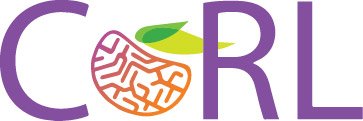Call for papers
CoRL publishes significant original research at the intersection of robotics and machine learning. CoRL is a selective, single-track international conference addressing theory and practice of machine learning for robots. CoRL welcomes papers in areas such as:
Learning representations for robotic perception and control
Learning robot foundation models or general-purpose knowledge systems for robotics
Imitation learning for robotics, e.g. by behavioral cloning and/or inverse reinforcement learning
Reinforcement learning for control of physical robots
Model-based and model-free learning for robotic control and decision-making
Combination of learning- and planning-based approaches in robotics
Probabilistic learning and representation of uncertainty in robotics
Automatic robotic data generation for learning methods in robotics
Learning for Robot Task and Motion Planning
Learning for multimodal robot perception, sensor fusion, and robot vision
Learning for human-robot interaction and robot instruction by natural language, gestures as well as alternative devices
Learning for hardware design and optimization
Applications of robot learning in robot manipulation, navigation, locomotion, driving, flight, and other areas of robotics
Robot systems, hardware, and sensors for learning and data-driven approaches
Submissions should focus on a core robotics problem and demonstrate the relevance of proposed models, algorithms, datasets, and benchmarks to robotics. Authors are encouraged to report real-robot experiments or provide convincing evidence that simulation experiments are transferable to real robots. Submissions without a robotics focus will be returned without review.
All Submissions should include a Limitations section, explicitly describing limiting assumptions, failure modes, and other limitations of the results and experiments and how these might be addressed in the future.
Authors are also encouraged to submit video, code and data as supplementary materials.
